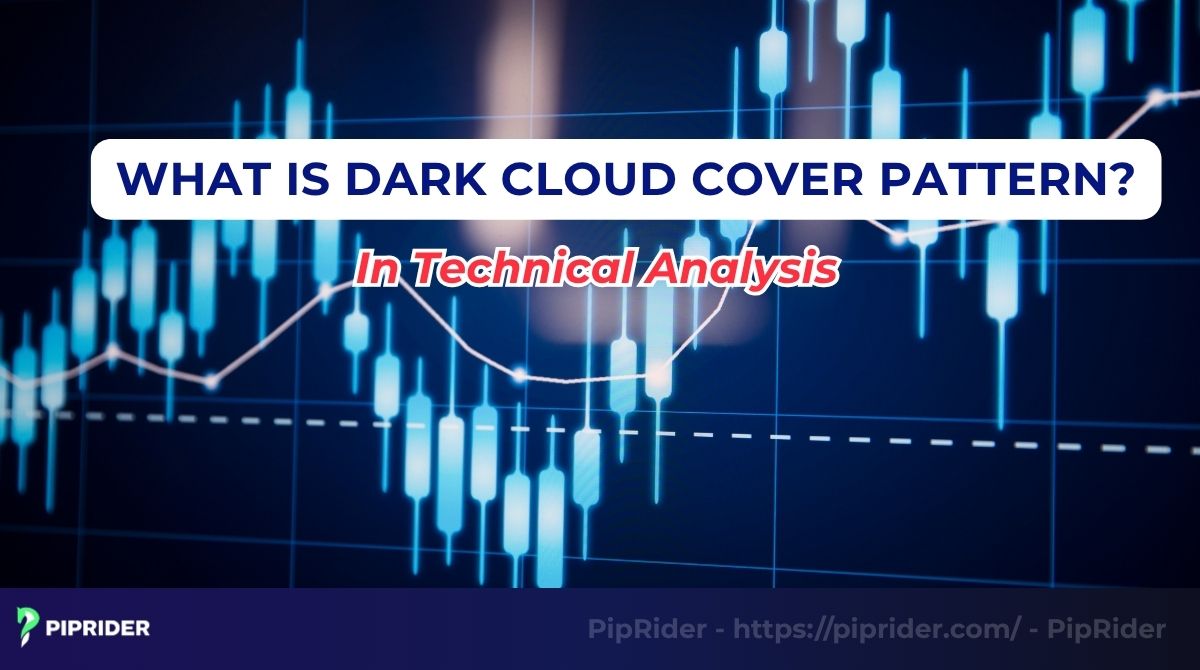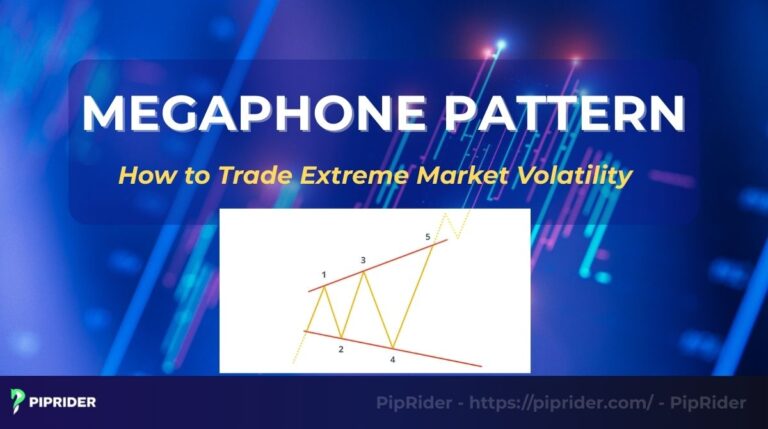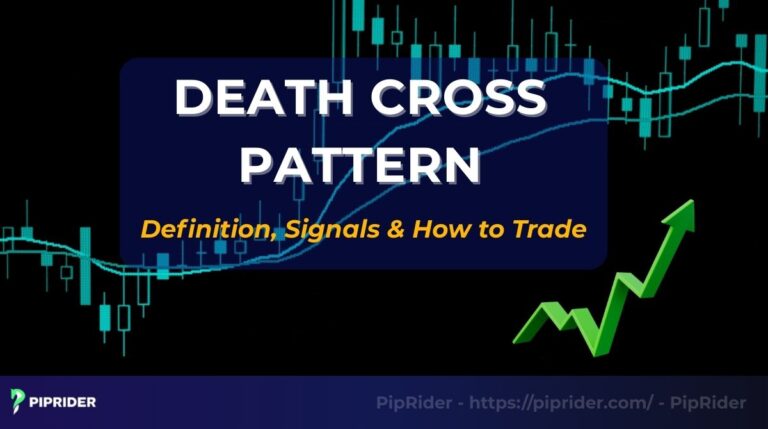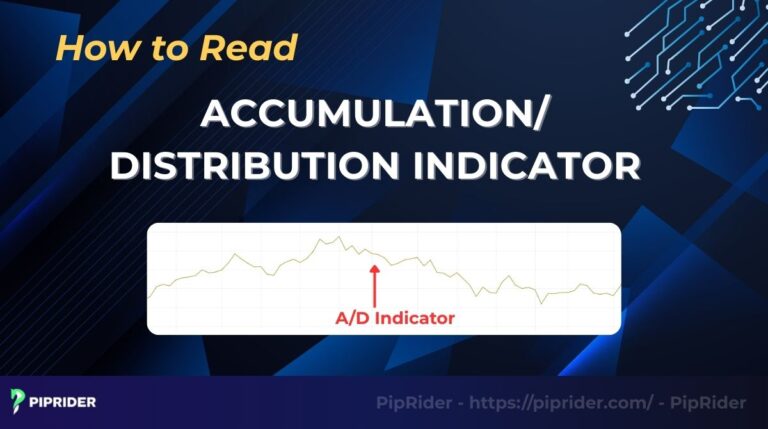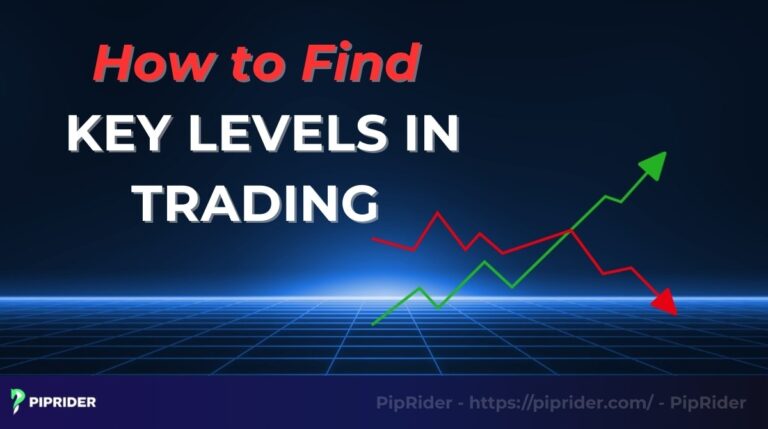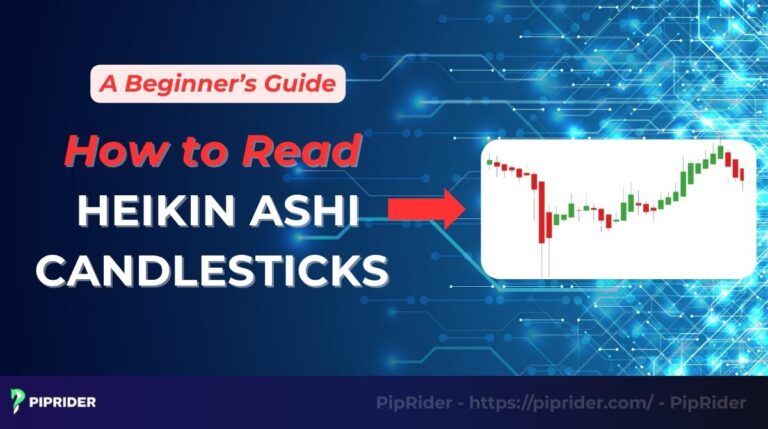Let’s face it: catching a trend reversal before the crowd is the trader’s dream. The Dark Cloud Cover pattern is the early warning system. This classic two-candlestick setup (candlestick cover signal), telling you that the ‘light’ of the uptrend is about to be obscured by ‘dark clouds’ of selling pressure. For traders ranging from beginner to intermediate, mastering this visual cue on any dark cloud cover candlestick chart is non-negotiable for locking in profits or initiating a profitable short position.
This comprehensive guide breaks down the pattern’s psychology, identification rules, and proven trading strategy. Learn to execute with high accuracy across all price movements in any market.
Key Takeaways
- Dark Cloud Cover is a strong bearish reversal pattern that only appears after an established uptrend.
- It consists of two candles. The second, bearish (red/black) candle must open above the prior bullish (green/white) candle.
- The pattern signals a major momentum shift from buyers (Bulls) to sellers (Bears).
- Do not trade the pattern in isolation. Its reliability significantly improves when confirmed by a resistance level or an overbought indicator like the RSI.
1. What Is a Dark Cloud Cover Pattern?
The Dark Cloud Cover is a prominent, two-candle bearish reversal pattern in technical analysis. It is specifically designed to warn traders that an existing uptrend is likely losing momentum and that sellers (Bears) are taking over from buyers (Bulls). This pattern is a strong visual indicator of a potential price decline and is always found at the top or near the end of an upward movement (Investopedia, n.d.).
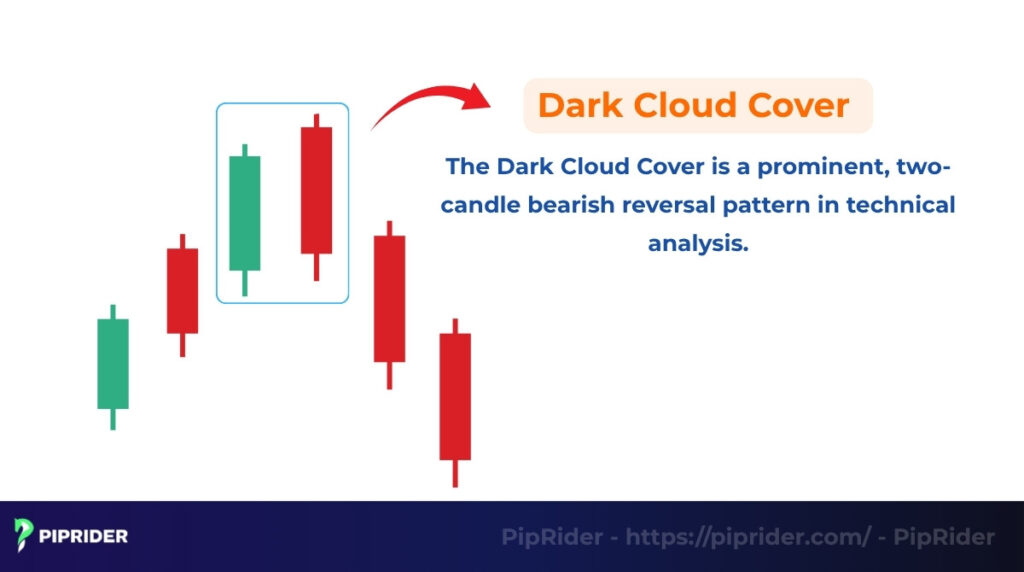
Imagine a sunny day (the uptrend) suddenly being overshadowed by a dark, heavy cloud.
- Candle 1: Represents the continued “sunny” trend, a long, strong bullish candle (green or white) showing high conviction from the buyers.
- Candle 2: Represents the “dark cloud”, a large bearish candle (red or black) that manages to push the price down significantly, closing deep into the body of the previous bullish candle.
1.1. Why Dark Cloud Cover Signals a Bearish Reversal
The logic of the Dark Cloud Cover is rooted in a psychological failure and reversal of market control. The pattern begins with a bullish gap up, representing peak buyer optimism, but sellers immediately dominate, crushing the gains and pushing the price down to close below the 50% midpoint of the previous bullish candle (Corporate Finance Institute, n.d.). This reversal confirms the complete loss of control by the buyers and the establishment of bearish momentum.
1.2. Why It Matters to Traders
This pattern is vital as a clear objective warning system. It gives traders a precise moment to take profit on long positions, ideally before a major decline begins (QuantifiedStrategies, n.d.). More importantly, the pattern’s confirmation provides a defined entry point for short-selling (at the bearish candle’s close) and a clear stop-loss placement (at the second candle’s high). This structure enables traders to act swiftly and manage their risk exposure effectively.
2. How the Dark Cloud Cover Pattern Forms
The Dark Cloud Cover pattern is defined by a specific sequence of trading action across two consecutive periods. Understanding this formation step-by-step reveals the precise moment market control shifts from buyers to sellers.

2.1. Step 1: The Dominant Bullish Candle (Candle 1)
The pattern always starts with a clear demonstration of strength from the Bulls, confirming the established uptrend.
- Appearance: This is a long, strong bullish (green or white) candle with little or no upper shadow.
- Significance: It confirms the existing uptrend is robust and buyers are currently in firm control. This candle sets the high expectation that the rally will continue.
2.2. Step 2: The Bearish Retracement (Candle 2)
This is the decisive candle, where sellers aggressively enter the market and push the price down, reversing the earlier optimism.
- Opening (The Gap): Candle 2 opens higher than the closing price of Candle 1, initially signaling maximum optimism from buyers.
- Closing (The Reversal): Immediately after the open, sellers aggressively take control. The candle forms a large bearish (red or black) body and closes deep into the body of Candle 1.
2.3. Key Conditions for Pattern Validity
For the pattern to be officially recognized as a strong reversal signal, two non-negotiable rules must be met:
- Midpoint Close Rule: The closing price of a bearish Candle 2 MUST close below the midpoint (50%) of a real body of the bullish Candle 1. A deeper close into Candle 1 strengthens the signal of seller conviction.
- Context Rule: The pattern MUST be preceded by a clear, established uptrend. If it appears during a sideways or consolidation phase, it loses its meaning as a powerful reversal indicator.
3. When and Where the Pattern Appears
The Dark Cloud Cover pattern is a versatile tool, but its predictive power relies entirely on the market context and the timeframe where it appears.
The pattern must appear after a clear, established uptrend to be valid. If it appears during a sideways (ranging) market, the signal is likely just noise and should be ignored. A confirmed uptrend is essential for the pattern to signal a genuine reversal. Traders must always assess current market conditions.
This two-candle pattern is universally applicable across various asset classes that utilize candlestick charts:
| Market | Significance | Common Application |
| Forex | High relevance due to 24/5 liquidity. Often used on major currency pairs, making it a critical dark cloud cover forex signal. | Timing short-term trend reversals (H1, H4 timeframes). |
| Stocks | Effective for corrections after major rallies. | Best used on Daily (D1) or Weekly (W1) charts for long-term shifts. |
| Crypto | Useful, but volatility requires extreme caution. | Must be combined with high Volume and confirmation on H4 charts. |
The pattern’s frequency and reliability are inversely related to the timeframe used. Lower timeframes (M5, M15) show the pattern often but generate many false signals (low reliability due to market noise). Conversely, Higher timeframes (H4, Daily) show the pattern less often, but the signal carries significantly higher predictive power because it reflects a stronger consensus among institutional traders.
Rule of Thumb: Focus on identifying the pattern on Daily or H4 charts and only use lower timeframes for precise entry timing.
4. How to Identify the Dark Cloud Cover Pattern
Accurate visual identification is the first and most crucial step in trading the Dark Cloud Cover. Traders must verify the pattern against strict, quantifiable criteria, moving beyond a simple visual check.
- Uptrend Context: The pattern must form at a swing high following an established uptrend. Without a prior uptrend, the signal is invalid.
- Midpoint Close: Closing price of the bearish Candle 2 MUST fall below the midpoint (50%) of the real body of the prior bullish Candle 1. Deeper penetration confirms stronger selling conviction.
- Volume Confirmation: The bearish Candle 2 should ideally be accompanied by significantly higher trading volume than Candle 1. High volume confirms that the reversal is driven by strong institutional pressure, not minor fluctuation.
For an optimal signal, the two candles should have:
- Long Bodies: Both Candle 1 and Candle 2 should have long real bodies, indicating decisive market action.
- Short Shadows: The upper and lower shadows (wicks) should be short, showing minimal indecision during the period.
5. Dark Cloud Cover vs. Other Candlestick Patterns
Understanding the subtle differences between the Dark Cloud Cover and similar patterns is essential to avoid misinterpretations and ensure you are acting on the strongest possible signal.
| Pattern | Number of Candles | Signal Type | Key Distinction from Dark Cloud Cover | Signal Strength |
| Dark Cloud Cover | 2 | Bearish | Closes below 50% of the prior body. | Strong |
| Bearish Engulfing | 2 | Bearish | The bearish candle’s body completely covers (engulfs) the entire body of the prior bullish candle (100% coverage). | Very Strong |
| Piercing Line | 2 | Bullish | It is the inverse pattern, appearing in a downtrend. The bullish candle closes above 50% of the prior bearish body. | Strong |
| Evening Star | 3 | Bearish | Requires three candles: a large bullish candle, a small body/Doji candle (the “star”), and a final large bearish candle. | Highest (Three-candle patterns generally offer greater confirmation). |
Key Takeaway: The Bearish Engulfing is the most aggressive form of this reversal and is often prioritized over the Dark Cloud Cover when both appear, while the Evening Star provides the highest degree of confidence due to its three-step confirmation process.
6. Accuracy and Reliability of the Pattern
The Dark Cloud Cover is classified as a strong reversal signal, but its reliability is heavily dependent on context and confirmation factors. No candlestick pattern is 100% accurate.
Historical backtesting suggests the Dark Cloud Cover has a moderate to high success rate (often cited around 60−65% when used alone). Its confidence rating significantly increases when the following conditions are met:
- Deep Penetration: The bearish candle (Candle 2) closes very deep into the bullish candle (Candle 1), ideally 75% or more.
- Confluence with Resistance: The pattern appears at a confluence point, such as a major resistance level, a psychological price level (e.g., $100), or a long-term Moving Average.
Remember the limitations: the pattern is ineffective in sideways (ranging) or choppy markets. If the market is not trending upward, the pattern signals noise, not a reversal. Therefore, context is reliable.
7. Example of Dark Cloud Cover on a Chart
Since we cannot embed a real chart here, let’s analyze a hypothetical scenario with stock $XYZ on a Daily chart to illustrate how the pattern works in real-time.
Scenario: $XYZ Stock at Resistance
- Prior Uptrend: Stock XYZ has been in a strong rally for three weeks, moving from $50 to $65. The price is currently testing a major historical resistance zone at the $65 level.
- Candle 1 (The Bull): First day closes strongly bullish at $65. The real body of this candle spans from open at $62 to close at $65.
The midpoint of this body is ($62+($65−$62)/2) = $63.50.
- Candle 2 (The Dark Cloud):
- Open: The next morning, the price gaps up, opening optimistically at $66 (above the Candle 1 close). This shows buyer enthusiasm.
- Close: However, sellers (Bears) immediately dominate. By the end of the day, the price is aggressively pushed down, and the candle closes at 62.80.
- Confirmation: The closing price of $62.80 is clearly below the midpoint of the first candle ($63.50). This confirms the Dark Cloud Cover pattern.
- Trend Shift and Confirmation: Presence of the pattern at the major $65 resistance level gives it high conviction. On the third day, price opens lower and continues to fall, confirming the bearish reversal. Traders who entered a short position or exited long positions after close of Candle 2 would have profited as the stock subsequently entered a downtrend toward next support level at $58.
What the Example Tells Us: The pattern’s power came from its location (at a resistance level) and clear failure of buyers to maintain the gap-up, allowing sellers to reverse the majority of the prior day’s gains.
8. How to Trade Using the Dark Cloud Cover
The Dark Cloud Cover pattern is a signal, not an entry order. Successful trading requires patience and a strict plan that defines where to enter (Entry), where to exit if wrong (Stop-Loss), and where to take profits (Take-Profit).

8.1. Entry Strategy: The Confirmation Rule
To minimize the risk, wait for a confirmation candle, the candle immediately following Candle 2.
- Entry Point: Enter a short (sell) position only when the price breaks and closes below the low of Candle 2. This confirms that the selling pressure is indeed continuing and the reversal is underway.
- Aggressive Entry (High Risk): Some traders enter at the close of Candle 2, but this means you are betting on the subsequent move without immediate confirmation.
8.2. Stop-Loss (SL) Placement: Defining Risk
The pattern itself provides the perfect place to define your maximum acceptable risk.
- Placement: Place the Stop-Loss order immediately above the high of Candle 2.
- Rationale: If the price trades above this high, it means the buyers have regained control, the pattern is invalidated, and the short trade should be closed to limit losses.
8.3. Take-Profit (TP) Target: Identifying Objectives
Your take-profit target should be based on structural levels that the price is likely to test next.
- Conservative Target: Target the nearest significant Support Level or the low of the preceding swing (the last trough before the pattern formed).
- Dynamic Target: Use the Fibonacci Retracement tool on the preceding uptrend. Common targets include the 50% or 61.8% retracement levels, which often act as magnetic price points.
8.4. Risk-Reward (R:R) Ratio
Always ensure your potential profit (TP) is significantly greater than your maximum risk (SL). Aim for a Risk-Reward Ratio of at least 1:2 or 1:3 (meaning you stand to gain twice or three times as much as you risk).
9. Tips to Improve Accuracy and Common Mistakes to Avoid
The Dark Cloud Cover is a powerful visual tool, but its effectiveness multiplies when combined with proper risk management and market context. These are essential trading tactics.

9.1. Tips for Higher Accuracy
To optimize accuracy and minimize the risk, you should apply the following tips:
- Combine with Support/Resistance (S/R): Only take signals that form exactly at a strong resistance level. This confluence confirms institutional selling is likely occurring at a price ceiling.
- Use overbought indicators (RSI/Stochastics): Check for overbought conditions (RSI >70) when the pattern forms. This validates the reversal signal, as the rally is overextended.
- Trade higher timeframes: Focus on Daily (D1) or H4 charts. Higher timeframes filter out market noise and show stronger commitment from major market players, leading to more reliable signals.
9.2. Common Mistakes Traders Must Avoid
Even experienced traders make mistakes when trading candlestick patterns. Ensure you do not commit the following errors:
- Trading without confirmation: ALWAYS wait for the candle after the pattern to break the low of Candle 2 before entry. Entering early leads to a high risk of False Signals (Whipsaws).
- Misidentifying the pattern: Strictly enforce the 50% Midpoint Rule. Premature entry based on weak signs will lead to errors; the close MUST be below 50% of the prior body.
- Ignoring the broader trend: Do not enter a short position against strong, long-term bullish momentum. Check Weekly/Monthly charts to confirm the Broader Trend is actually topping out before acting on a Dark Cloud Cover signal.
10. FAQs (Frequently Asked Questions)
Here are quick answers to the most common questions about the Dark Cloud Cover pattern:
11. Conclusion
The Dark Cloud Cover pattern is a staple in the technical analyst’s toolkit, providing a clear, early warning of a bearish shift in momentum. Its effectiveness lies in its simple, powerful psychological narrative: the failure of buyers to maintain their initial strength and the aggressive takeover by sellers.
Mastery of this pattern is a key step toward making informed and disciplined trading decisions. Success in trading this pattern is not just about seeing the two candles. It’s about strictly adhering to the 50% rule, placing a clear Stop-Loss above the pattern’s high, and always waiting for confirmation from the next candle and external indicators.
Ready to deepen your technical analysis skills? Explore dozens of other essential candlestick patterns, chart formations, and indicators to refine your trading edge.
You can find more detailed articles and strategies from https://piprider.com/ in the dedicated Analysis section.


